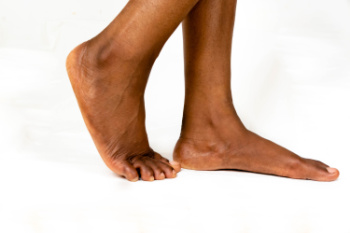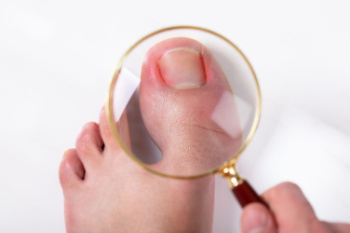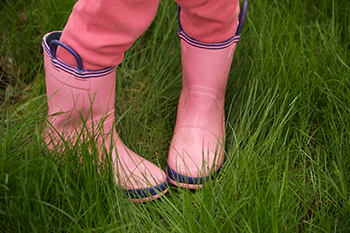
Flat feet, also known as pes planus, affect about 18 million adults in the United States, with an additional 8 million grappling with fallen arches. Flat feet often stem from the weakening of the posterior tibial tendon, which supports the arch of the foot. It can worsen after years of simple daily activity, like walking, running, and standing. While flat feet are normal in infants and toddlers, some individuals never develop arches, leading to persistent issues into adulthood. Distinguishing between flat feet and overpronation is important for an accurate diagnosis. With flat feet there is no visible arch whether seated or standing. Overpronation, however, is a biomechanical change in the way you walk that can contribute to fallen arches. In either case, seeking a professional evaluation from a podiatrist is essential if you suspect flat feet or experience pain related to flat feet. For a full exam and subsequent treatment plan, it is suggested that you schedule an appointment with a podiatrist.
Flatfoot is a condition many people suffer from. If you have flat feet, contact Alex Kim, DPM from AVID Foot & Ankle Center. Our doctor will treat your foot and ankle needs.
What Are Flat Feet?
Flatfoot is a condition in which the arch of the foot is depressed and the sole of the foot is almost completely in contact with the ground. About 20-30% of the population generally has flat feet because their arches never formed during growth.
Conditions & Problems:
Having flat feet makes it difficult to run or walk because of the stress placed on the ankles.
Alignment – The general alignment of your legs can be disrupted, because the ankles move inward which can cause major discomfort.
Knees – If you have complications with your knees, flat feet can be a contributor to arthritis in that area.
Symptoms
- Pain around the heel or arch area
- Trouble standing on the tip toe
- Swelling around the inside of the ankle
- Flat look to one or both feet
- Having your shoes feel uneven when worn
Treatment
If you are experiencing pain and stress on the foot you may weaken the posterior tibial tendon, which runs around the inside of the ankle.
If you have any questions please feel free to contact our office located in Little Elm, TX . We offer the newest diagnostic and treatment technologies for all your foot and ankle needs.




